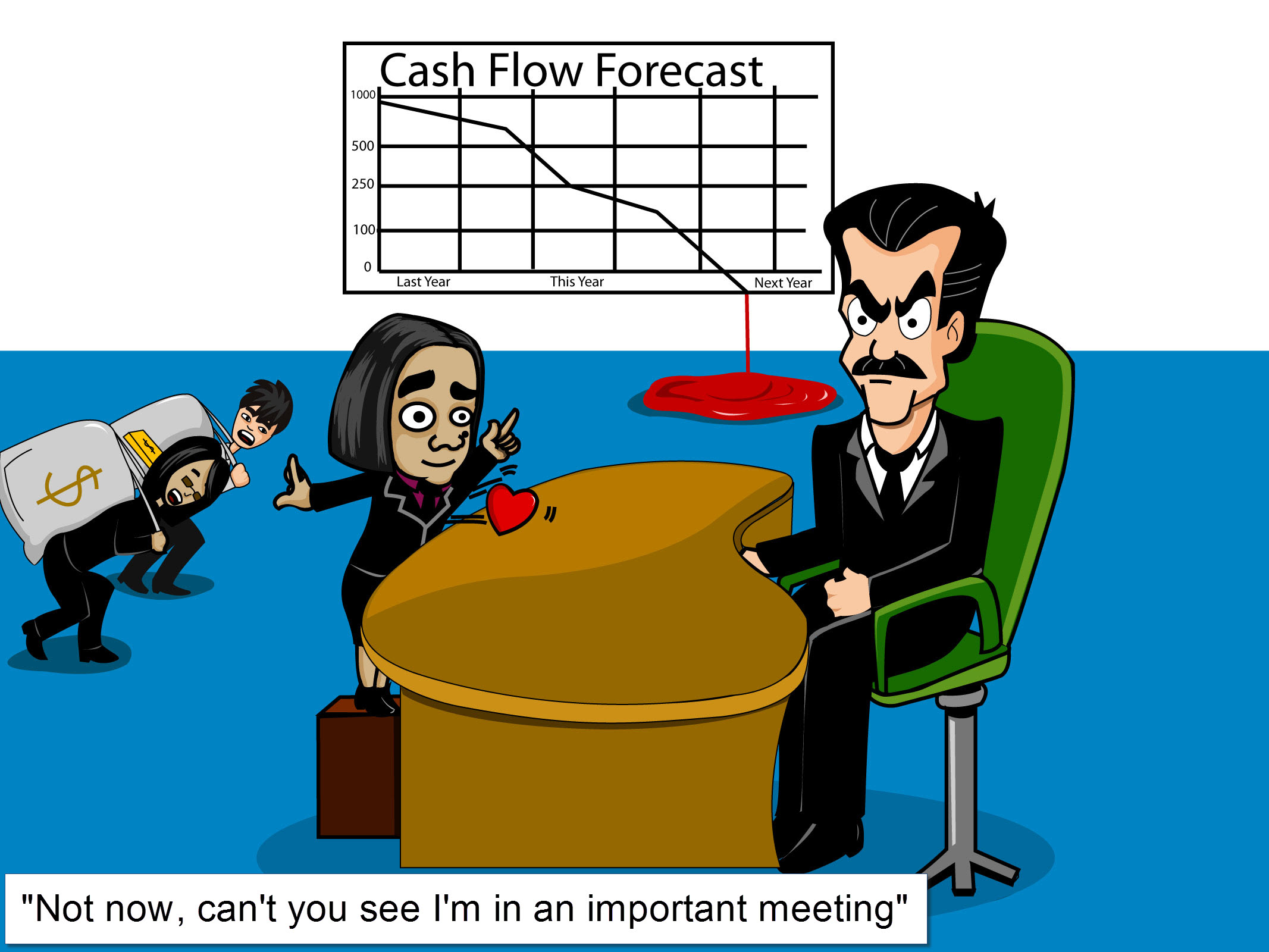The service is excellent, the 360 feedback team are knowledgeable, friendly and courteous. They really understand the project timelines I work on and offer advice to make things run smoothly. I have been using them for around 10 years in different...



